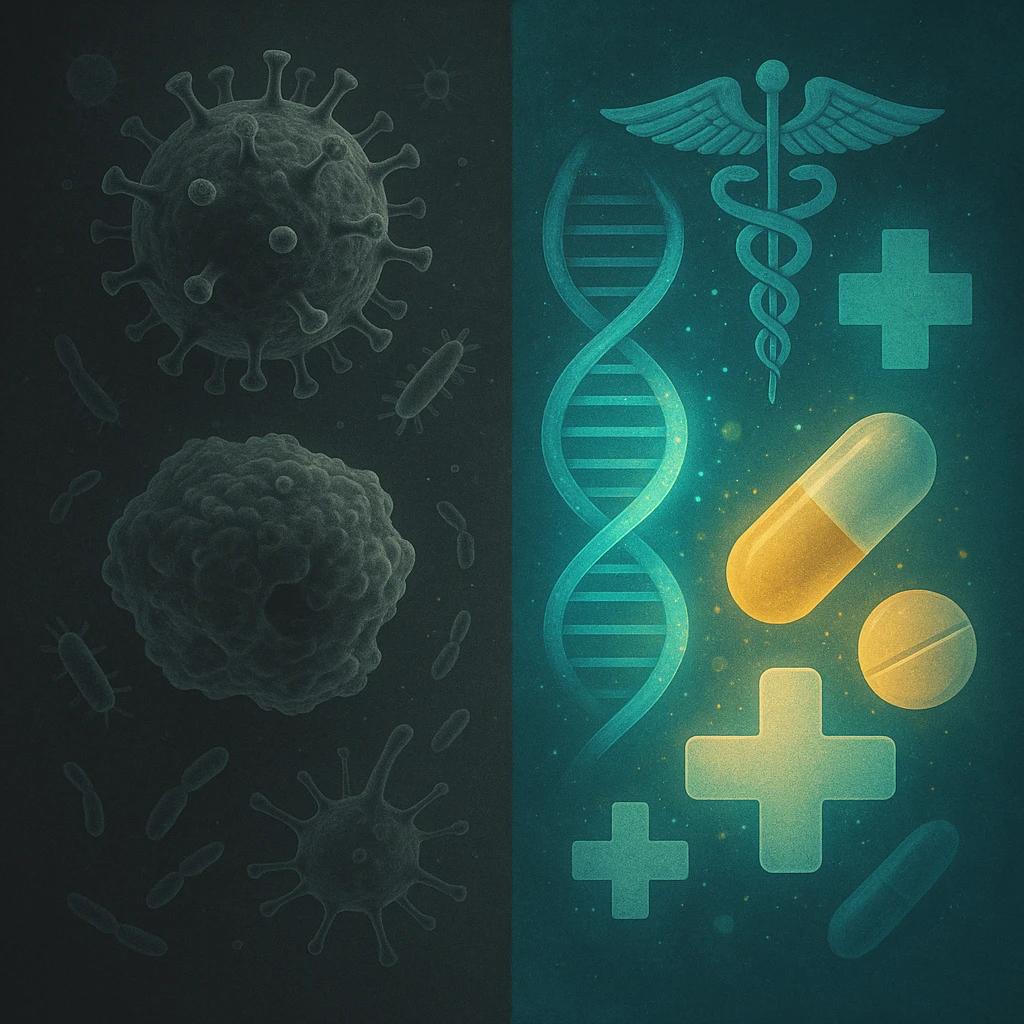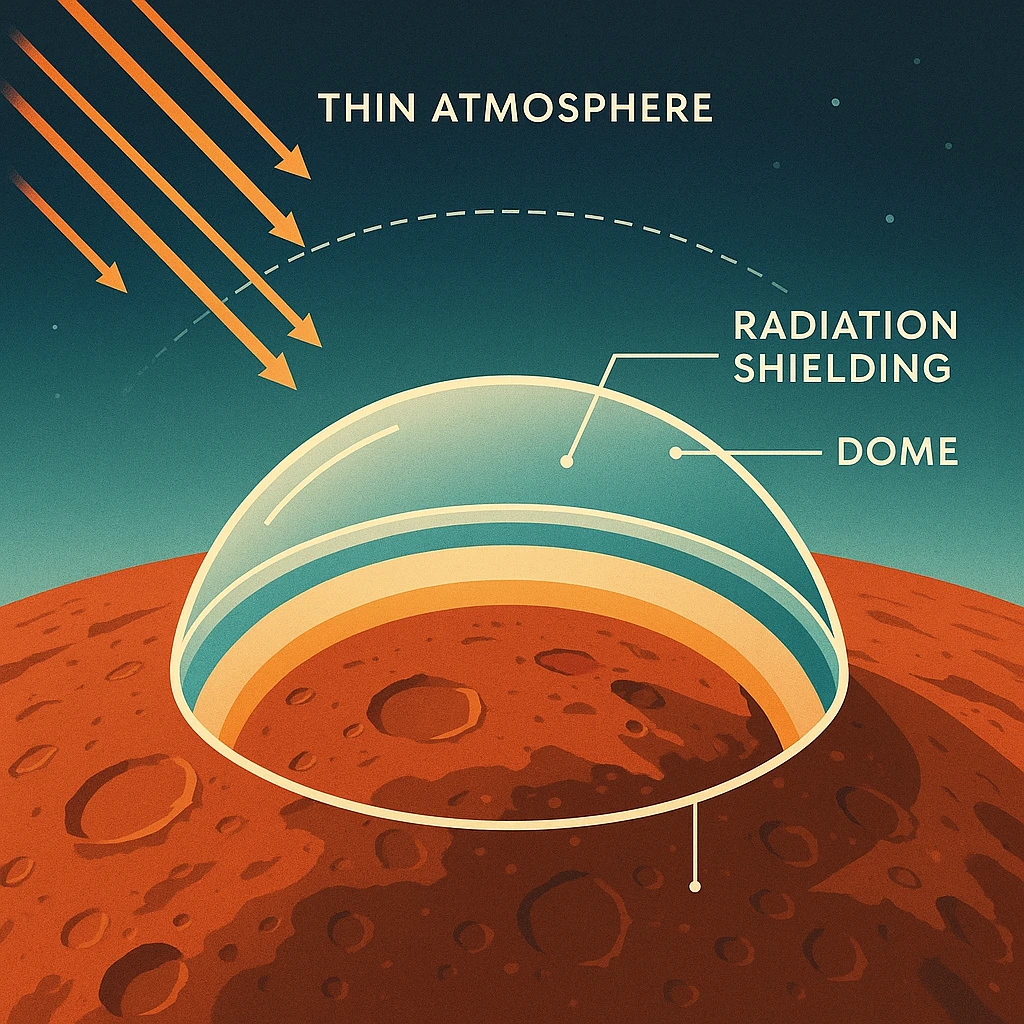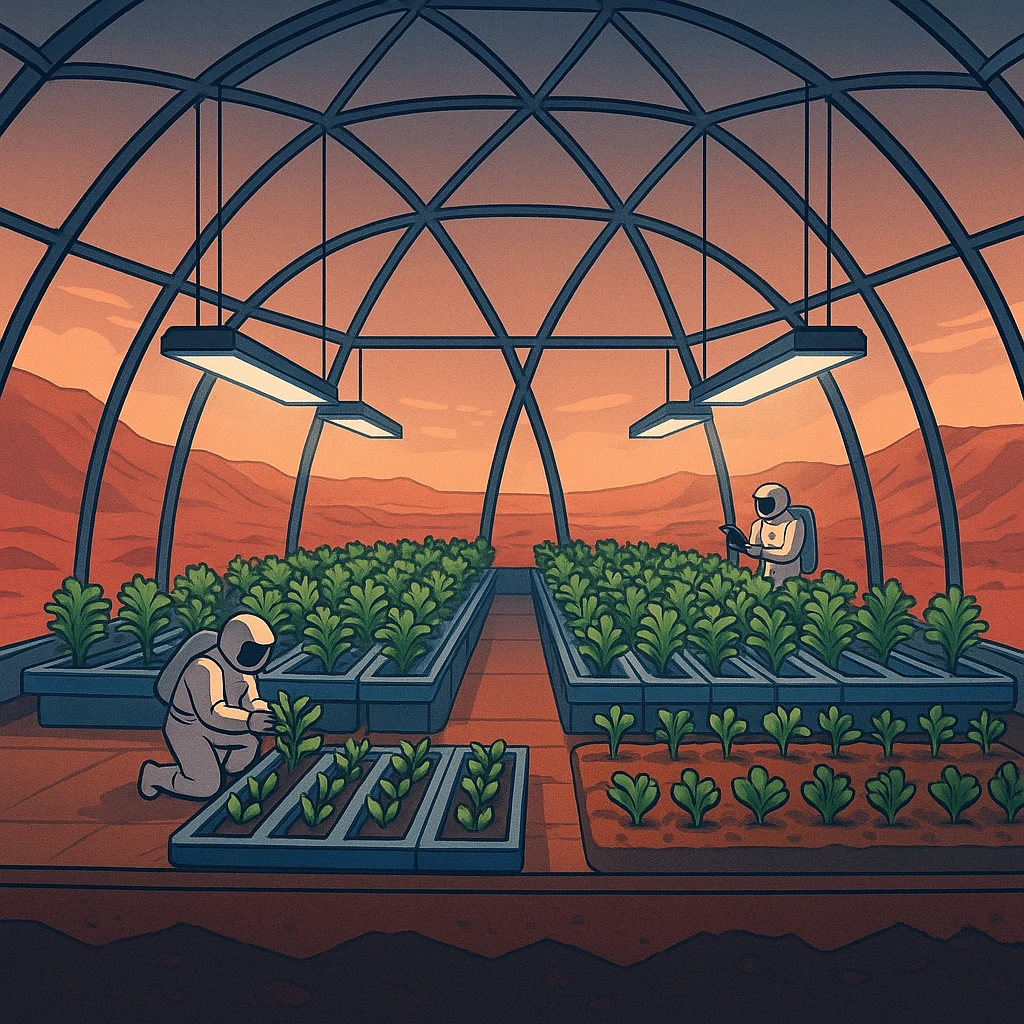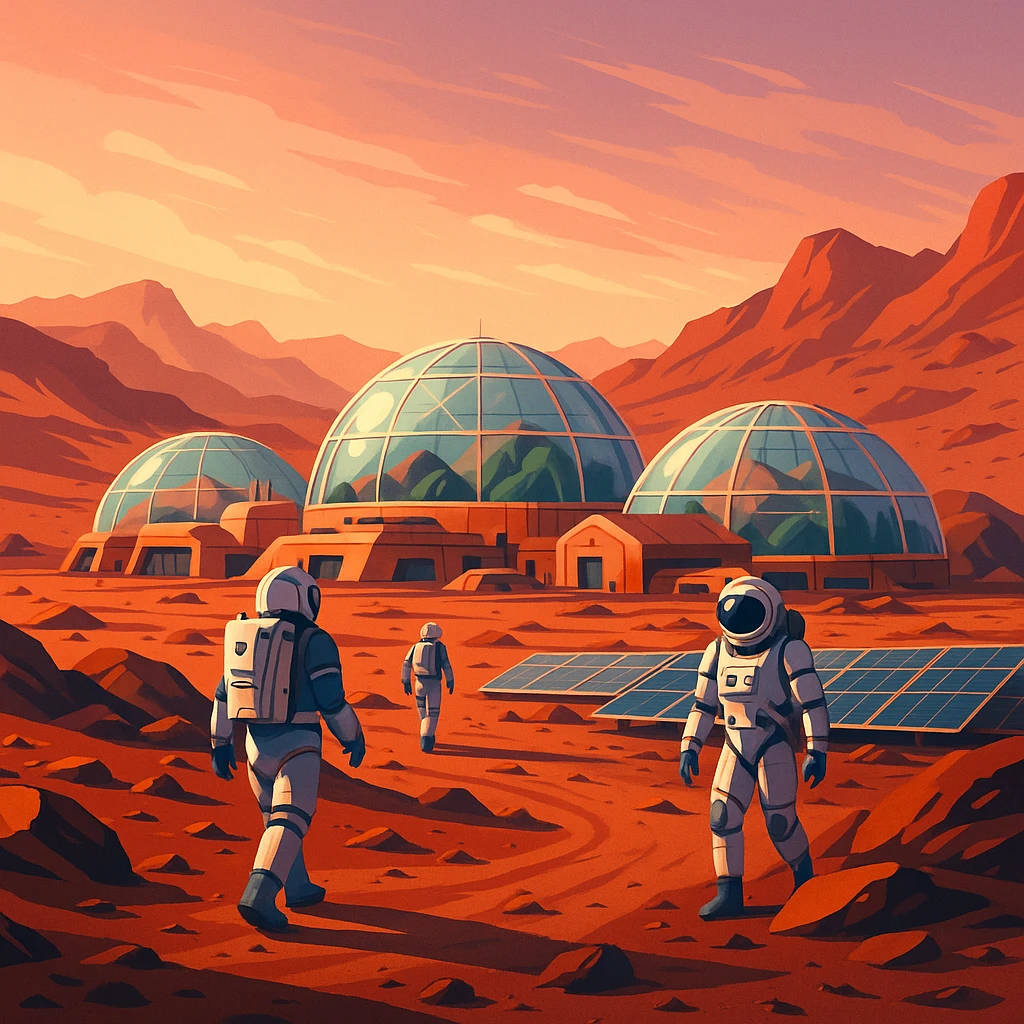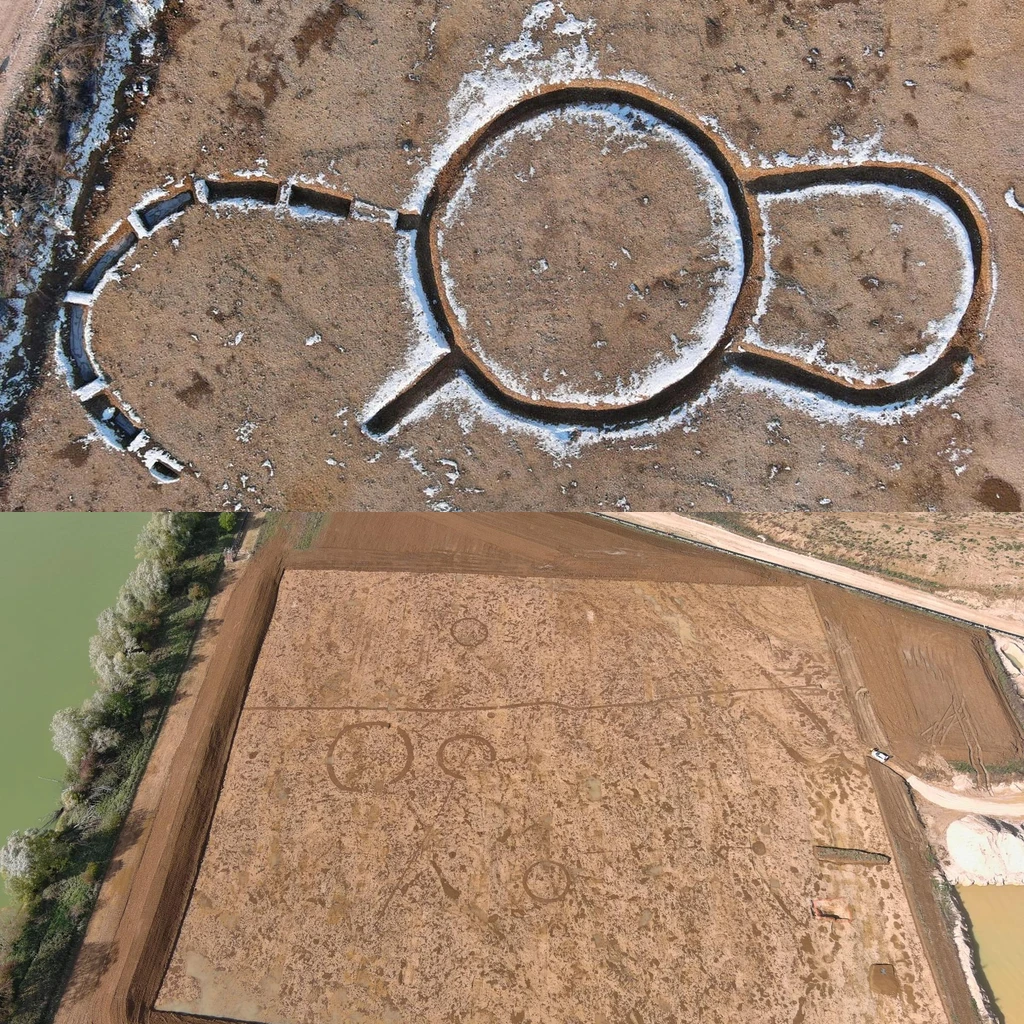Agriculture Facts
Agricultural Technology
Automation Advances
Modern farms increasingly rely on self-driving tractors, robotic harvesters, and AI-driven monitoring systems to boost efficiency and reduce labor dependency.
Precision Agriculture
Sensors, drones, and satellite imaging allow farmers to monitor crops in real time, optimizing water use, fertilizer application, and yield forecasts with pinpoint accuracy.
Vertical Farming
Indoor, stacked growing systems use LED lighting and climate control to grow food in urban spaces year-round, minimizing land use and transportation needs.
Biotech Crops
Genetically engineered plants resist pests, tolerate drought, and deliver higher yields, while new gene-editing tools like CRISPR promise even more targeted enhancements.
Blockchain and Supply Chain
Blockchain is being used to track food from seed to shelf, improving transparency, reducing waste, and assuring consumers of ethical sourcing and safety.
Agri-Data Analytics
Big data platforms help interpret vast streams of farm metrics, offering insights that support smarter planting, risk management, and market decisions.
Climate-Resilient Tools
Technology is being deployed to breed climate-resistant crops, monitor soil degradation, and develop water-saving irrigation in response to growing environmental stress.
Mobile Agriculture
In developing regions, farmers are using mobile apps for weather alerts, crop advice, and direct market access-bridging the digital divide and boosting local economies.Bees
Pollination Power
Bees are responsible for pollinating nearly 75% of the world's food crops. Without them, fruits, vegetables, and nuts would become scarce and expensive - threatening global food security.
Colony Collapse
In recent years, entire bee colonies have mysteriously vanished due to a phenomenon known as Colony Collapse Disorder, driven by pesticides, habitat loss, and disease.
Human Survival
Einstein is often misquoted as saying humanity would perish in four years without bees - while not literal, the message holds truth. Without pollinators, ecosystems and agriculture would collapse.
Bee Communication
Bees use a unique "waggle dance" to communicate the direction and distance of flowers to one another, an extraordinary behavior showing their advanced social structure.
Global Decline
Wild bee populations have plummeted worldwide. Conservation efforts now include urban beekeeping, banning harmful pesticides, and restoring wildflower habitats to reverse the trend.Cereal
Almost all of our breakfast cereals are made of grass. Oats, barley, corn and wheat are all different varieties of grass and are all descended from the same botanical species. Furthermore, most of the sugar we eat also comes from grass (sugar cane), as do most of our alcoholic beverages.Climate Change
Climate change is one of the most significant threats to agriculture in the 21st century. Rising temperatures, shifting weather patterns, and more frequent extreme weather events are disrupting food production worldwide.
Crop Yields
Many staple crops such as wheat, maize, and rice show declining yields in regions facing heatwaves and drought. Warmer nights are also interfering with grain filling in cereals.
Water Stress
Changing rainfall patterns are causing both droughts and floods. Some irrigation systems are becoming unsustainable, particularly in arid and semi-arid regions.
Pests and Diseases
Warmer climates are expanding the range and seasonality of agricultural pests and diseases, posing new risks to crops that were previously safe.
Livestock Impact
Heat stress reduces milk and meat production in cattle, poultry, and other animals. Changing forage quality and quantity also affects livestock nutrition.
Carbon Footprint
Agriculture both affects and is affected by climate change. It contributes around 20-25% of global greenhouse gas emissions through practices like rice paddies, livestock methane, and synthetic fertilizers.Composting
Natural Recycling
Composting transforms organic waste-like food scraps, leaves, and manure-into nutrient-rich soil. It mimics natural decomposition and reduces landfill use.
Microbial Action
Bacteria, fungi, and insects break down matter in stages, creating heat and accelerating the process. A balanced mix of carbon (browns) and nitrogen (greens) is key.
Types and Methods
From backyard piles to worm bins and industrial composters, the method used affects speed, odor control, and nutrient output. Hot composting is fastest but requires more effort.
Benefits for Soil
Compost improves soil structure, retains moisture, and boosts biodiversity. It also introduces beneficial microbes that support plant health and growth.
Global Impact
Widespread composting can significantly lower methane emissions from landfills and contribute to a circular economy in agriculture and urban waste systems.Drought
Severe droughts can slash crop yields by more than 80 % in affected regions, with smallholder farmers bearing the greatest losses.Erosion
Wind and water erosion remove up to 75 billion tons of topsoil globally each year, enough to bury the United Kingdom one foot deep.Fertilizer
Vital Boost
Fertilizer adds essential nutrients-like nitrogen, phosphorus, and potassium-that plants need for healthy growth and higher yields.
Ancient Practice
Early civilizations used manure, ash, and even crushed bones to enrich soil long before synthetic versions were invented.
Haber-Bosch Process
The industrial method for synthesizing ammonia revolutionized food production but also consumes vast energy and emits greenhouse gases.
Organic vs. Synthetic
Organic fertilizers improve soil structure and biodiversity, while synthetic ones offer faster results but risk runoff and pollution.
Global Shortages
Recent fertilizer crises, driven by supply chain disruptions and geopolitical tension, have highlighted how fragile modern agriculture can be.Genetic Modification
Crop Enhancement
Genetic engineering allows scientists to insert specific traits into plants, such as pest resistance or drought tolerance. This improves crop yield and reduces reliance on chemical inputs.
Debated Safety
While numerous studies affirm the safety of GMOs for consumption, public skepticism remains high. Concerns often focus on long-term health and environmental impacts.
Global Adoption
Many countries grow genetically modified crops, especially soy, corn, and cotton. However, others have banned or tightly regulated them due to ethical and ecological concerns.
Labeling Laws
Some nations require food products containing GMOs to be labeled, empowering consumer choice. Others see such labels as unnecessary if safety standards are met.
Technological Precision
Newer tools like CRISPR allow gene edits without introducing foreign DNA. This blurs the line between traditional breeding and genetic engineering.Grass
There was no grass during the time of the dinosaurs. Grass evolved from bamboo-like plants only 24 million years ago.Harvest
Post-harvest losses-from pests, spoilage, or poor storage-can account for up to 30 % of global crop production before food reaches consumers.Irrigation
Ancient Roots
Irrigation systems date back over 5,000 years. Early civilizations like the Mesopotamians and Egyptians used canals, dikes, and shadoofs to divert river water for agriculture.
Modern Techniques
Drip irrigation delivers water directly to plant roots, reducing evaporation and waste. Sprinkler systems, meanwhile, can simulate rainfall for more even coverage.
Water Efficiency
Advanced systems now use soil moisture sensors and weather data to automate watering, conserving resources while maintaining optimal crop conditions.
Challenges and Waste
Traditional flood irrigation can lead to overwatering, soil erosion, and nutrient leaching. In areas of poor drainage, it may also cause salinization.
Climate Adaptation
As droughts intensify, countries are investing in precision irrigation and water recycling. Sustainable irrigation is becoming central to global food security.Jute
Known as the "golden fiber," jute is the second most produced vegetable fiber after cotton and is used for erosion-control geotextiles and bags.Legumes
Leguminous crops like beans and peas host nitrogen-fixing bacteria that can supply up to 200 kg of nitrogen per hectare per season.Microplastics
Fragments from plastic mulch films and irrigation pipes can accumulate in agricultural soils at concentrations exceeding 100 ug/kg.Nitrogen Fixation
Biological nitrogen fixation by soil microbes contributes about 100 million metric tons of plant-available nitrogen to fields each year.Nitrogen Runoff
Water Pollution
Excess nitrogen from fertilizer washes into rivers and lakes, triggering algae blooms that choke ecosystems and kill fish.
Dead Zones
Nitrogen runoff contributes to oxygen-depleted zones in oceans, such as the large dead zone in the Gulf of Mexico near the Mississippi River delta.
Drinking Water Risk
High nitrate levels in groundwater pose serious health risks, including a condition called blue baby syndrome in infants.
Regulations Growing
Many regions are introducing stricter controls on fertilizer use to prevent nitrogen overload and protect water supplies.
Sustainable Solutions
Cover crops, buffer strips, and precision agriculture are helping farmers reduce runoff while maintaining productivity.Organic Farming
Certification Standards
Farms must meet strict guidelines and undergo inspections to be certified organic, often involving years of transition.
Environmental Impact
Reduces chemical runoff and supports biodiversity, though it may require more land to achieve similar yields.
Market Growth
Organic food sales have surged globally, driven by consumer demand for health-conscious and environmentally friendly choices.
Natural Methods
Organic farming avoids synthetic pesticides and fertilizers, relying on compost, crop rotation, and natural pest control.
Soil Health
Emphasizes building rich, living soil through techniques that improve structure, water retention, and microbial diversity.Pesticides
Contamination
Pesticides can seep into groundwater, lakes, and streams, threatening aquatic life and biodiversity. Trace amounts are often detected in food and water, raising concerns about long-term human health effects.
Control Methods
Used to manage insects, fungi, and weeds, pesticides help protect crops and increase food production. However, they can also harm beneficial organisms and disrupt natural pest control cycles.
Development
The pesticide industry surged after World War II, introducing synthetic chemicals like DDT that offered powerful results. Earlier societies relied on natural sources such as sulfur, pyrethrum, and plant extracts.
Resistance
Pests can evolve resistance when exposed to the same chemicals repeatedly, rendering treatments ineffective. This arms race leads to more frequent applications or the development of stronger chemicals.
Regulation
Government bodies such as the EPA in the U.S. and EFSA in Europe regulate pesticide usage and residue levels. Bans and restrictions are imposed when substances are proven hazardous to health or the environment.Photosynthesis
Most staple crops convert only 1-2 % of incoming solar energy into biomass, highlighting room for improvements in photosynthetic efficiency.Pollen
Pollen grains are so tiny and uniform they have been used to calibrate instruments that measure in thousandths of an inch. Forget-me-not pollen grains are so small that 10,000 of them can fit on the head of a pin.Quinoa
Domesticated in the Andes more than 5 000 years ago, quinoa tolerates frost and saline soils, making it a climate-resilient crop.Rain
It takes 100 pounds of rain water to produce a single pound of food from the earth. Between 10 and 20 tons of water must pass through the roots of an acre of corn before one bushel of corn will be produced.Soil Biology
Beneficial Microbes
Soil teems with bacteria and fungi that help decompose organic matter and release nutrients in forms plants can absorb. These microbes also support plant immunity.
Earthworms
Often called nature's tillers, earthworms aerate soil as they move through it, improving drainage and mixing in organic material that enhances fertility.
Fungal Networks
Mycorrhizal fungi form symbiotic relationships with plant roots, expanding their access to water and nutrients. These underground networks can even transfer signals between plants.
Soil Food Web
This complex system of interactions between organisms such as nematodes, protozoa, and arthropods maintains soil structure and nutrient cycling essential to healthy ecosystems.
Threats from Chemicals
Pesticides and overuse of synthetic fertilizers can disrupt microbial balance, reducing biodiversity and harming the biological integrity of the soil.Tillage
Conventional tillage can release up to 30 tons of carbon per hectare into the atmosphere each year, accelerating climate change.Urban Farming
Urban agriculture-rooftop gardens, vertical farms-can yield up to 50 times more produce per square foot annually than open-field farming.Vermicompost
Compost produced by earthworms can contain up to five times more available nutrients than standard compost, enhancing seed germination and growth.Yield Gap
The global yield gap-the difference between potential and actual crop yields-averages around 40 %, indicating major productivity gains remain possible.



